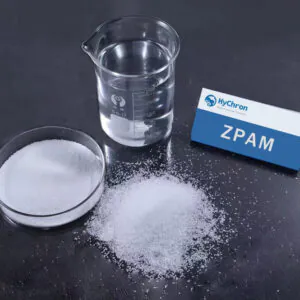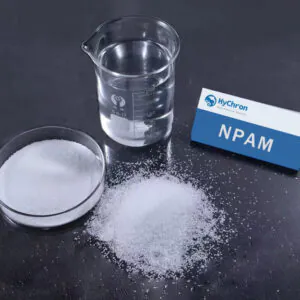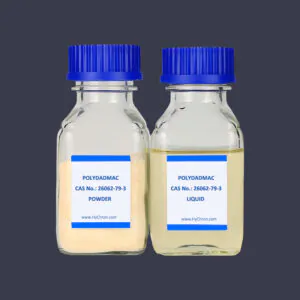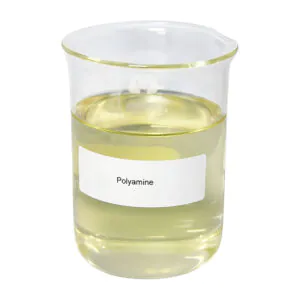Description
What’s Non-Ionic Polyacrylamide (NPAM)?
Specifications
|
No.
|
Items
|
Specifications
|
|
1
|
Appearance
|
White Powder
|
|
2
|
Solid Content (%)
|
≥88
|
|
3
|
Molecular Weight (Million)
|
8-12
|
|
4
|
Degree Of Ion (%)
|
≤5
|
|
5
|
Dissolving Time (Min)
|
≤60
|
Where You Can Use NPAM / Applications of NPAM
- Wastewater Treatment Agent: Non-Ionic Polyacrylamide is an effective flocculant for treating acidic suspended wastewater. It purifies water via adsorbing suspended particles and bridging them, causing them to flocculate and settle. NPAM also works well for drinking water purification, especially when combined with inorganic flocculants.
- Textile Industry Additive: When combined with certain chemicals, NPAM can be formulated into a solution for textile sizing.
- Sand Stabilization: A 0.3% NPAM solution, with a crosslinking agent, can be sprayed onto desert sand to reduce sand movement and stabilize the area.
- Soil Moisture Retention: NPAM serves as a soil conditioner and as a base material for various modified polyacrylamides to retain moisture in soil.
Usage Instructions
- Prepare Solution: Normally, mix NPAM powder with water, to create a 0.05%-0.5% solution.
- Dissolve Evenly: Spread it out evenly and stir to dissolve.
- Use Non-metal Containers: Use non-metal containers will help to get stable water quality.
- Water Temperature: Warmer water will help to dissolve faster, but keep it under 50°C.








Reviews
There are no reviews yet.